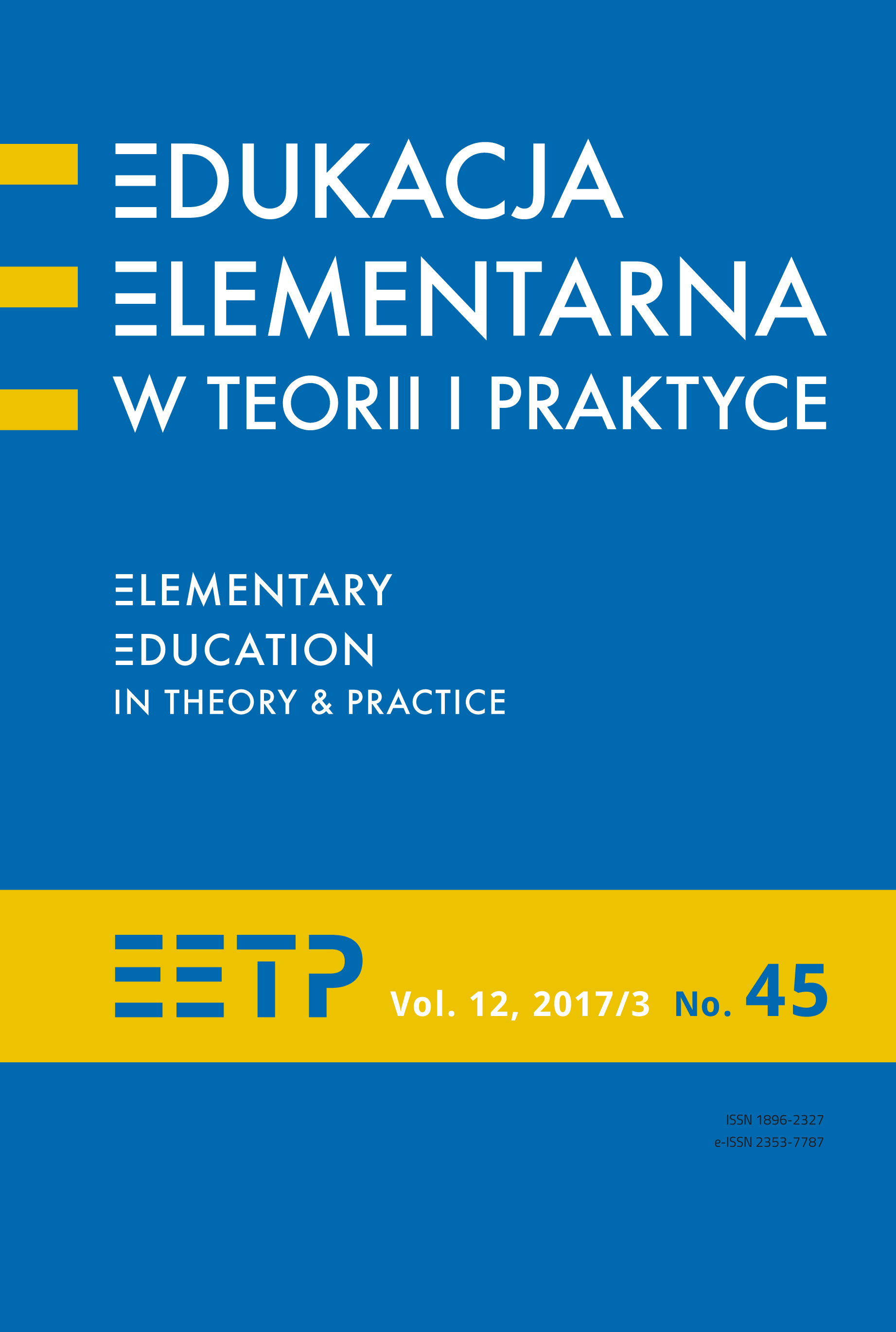Koncepcje, podejścia i metody nauczania języka obcego dzieci
Concepts, Approaches and Methods of Foreign Language Teaching to Children
Author(s): Tatiana KonderakSubject(s): Social Sciences, Education, Preschool education, School education
Published by: Uniwersytet Ignatianum w Krakowie
Keywords: glottodidactics; foreign language education for children; methodology of foreign language teaching; teaching foreign languages to children; methods; concepts and approaches in glottodidactics
Summary/Abstract: The widely understood methodology of a foreign language teaching covers both methods, techniques, aids, rules of teaching, and teacher competences, necessity to consider pupils’ developmental qualities, as well as factors of individual differences. The methods used in work with children at preschool and early school age, the choice of adequate components of language education are based on observation, analysis of children needs, potential, and interests and, therefore, they have to be adjusted to their possibilities. This article presents selected methods and approaches whose elements, techniques, and exercises can be used with the youngest pupils in foreign language teaching. Both the Council of Europe and European Union recommendations, tendencies in methodology of teaching foreign languages at the first educational stages underline that making a child sensitive to a foreign language, stimulating his/her interests in language learning, and forming the behavior which fosters its acquisition and learning are important. An overview of the literature of the subject below leads to the conclusion that there is no one, universal method of foreign languages teaching, or the set of techniques and strategies which could provide all children with success, as each of them features a varied range of experience, knowledge and skills, different interests, personal qualities, styles and strategies of learning. The role of method selection in teaching appears to be the key in the didactic – upbringing process. Hence, the most appropriate approach is the eclectic one in order to improve this process and obtain optimal results in learning by students.
Journal: Edukacja Elementarna w Teorii i Praktyce
- Issue Year: 12/2017
- Issue No: 3 (45)
- Page Range: 189-206
- Page Count: 18
- Language: Polish

